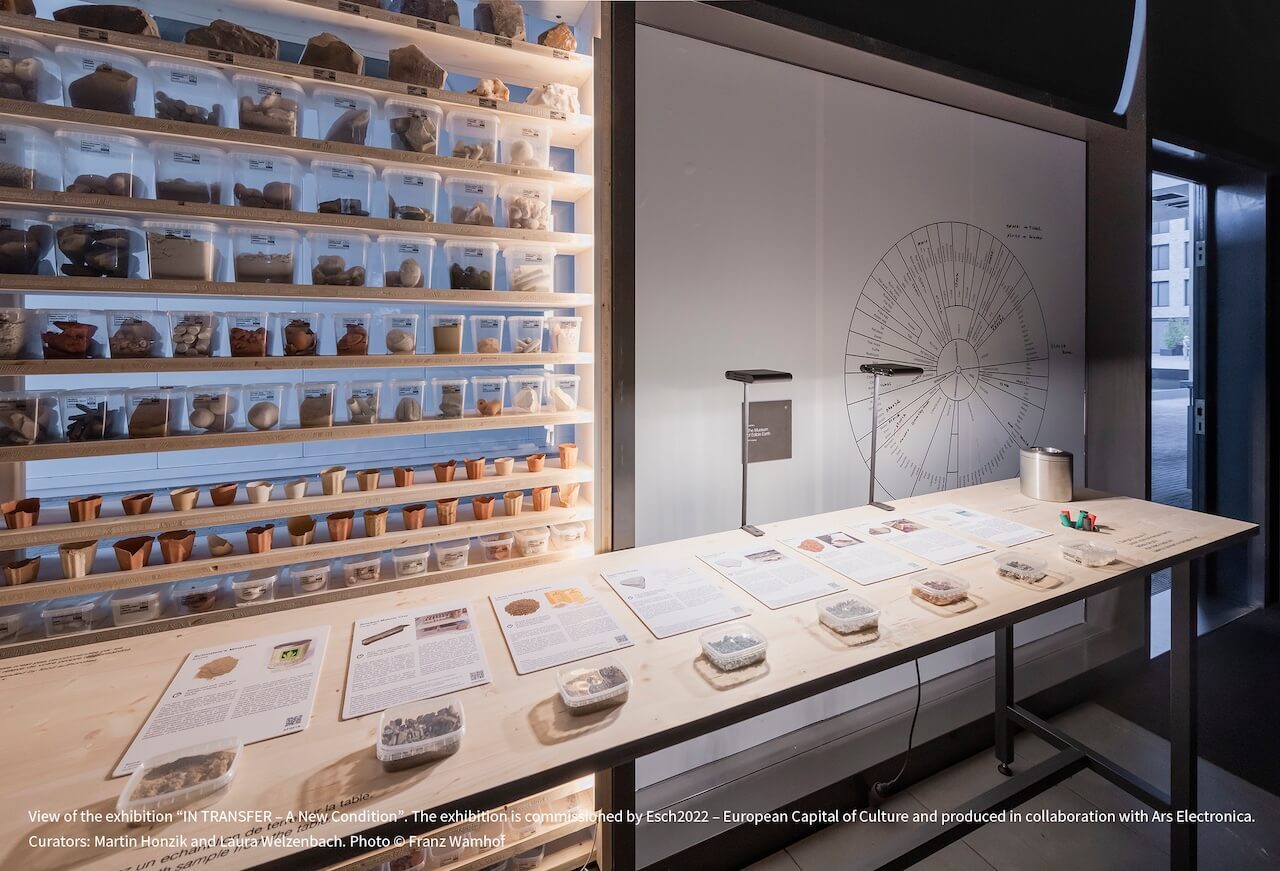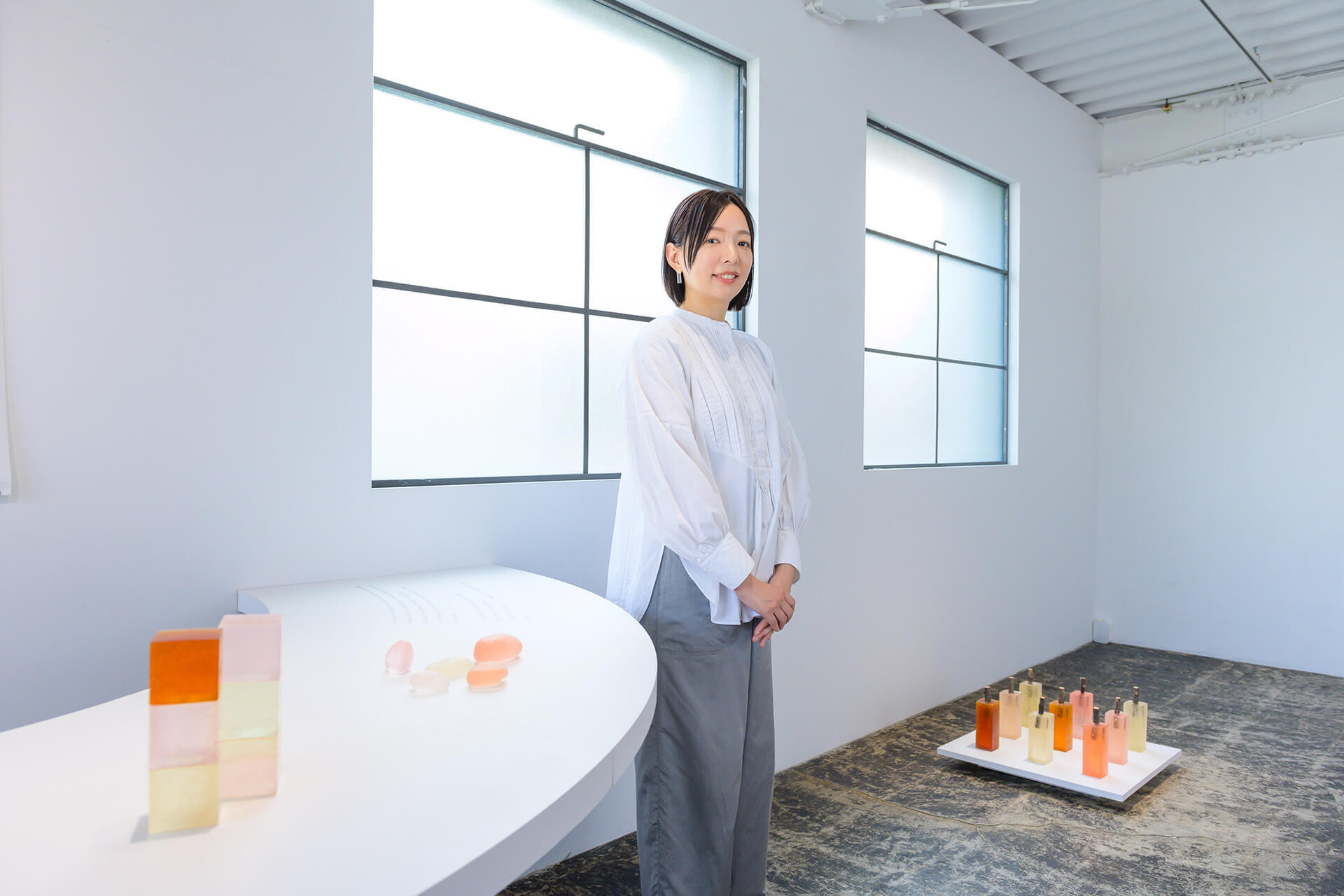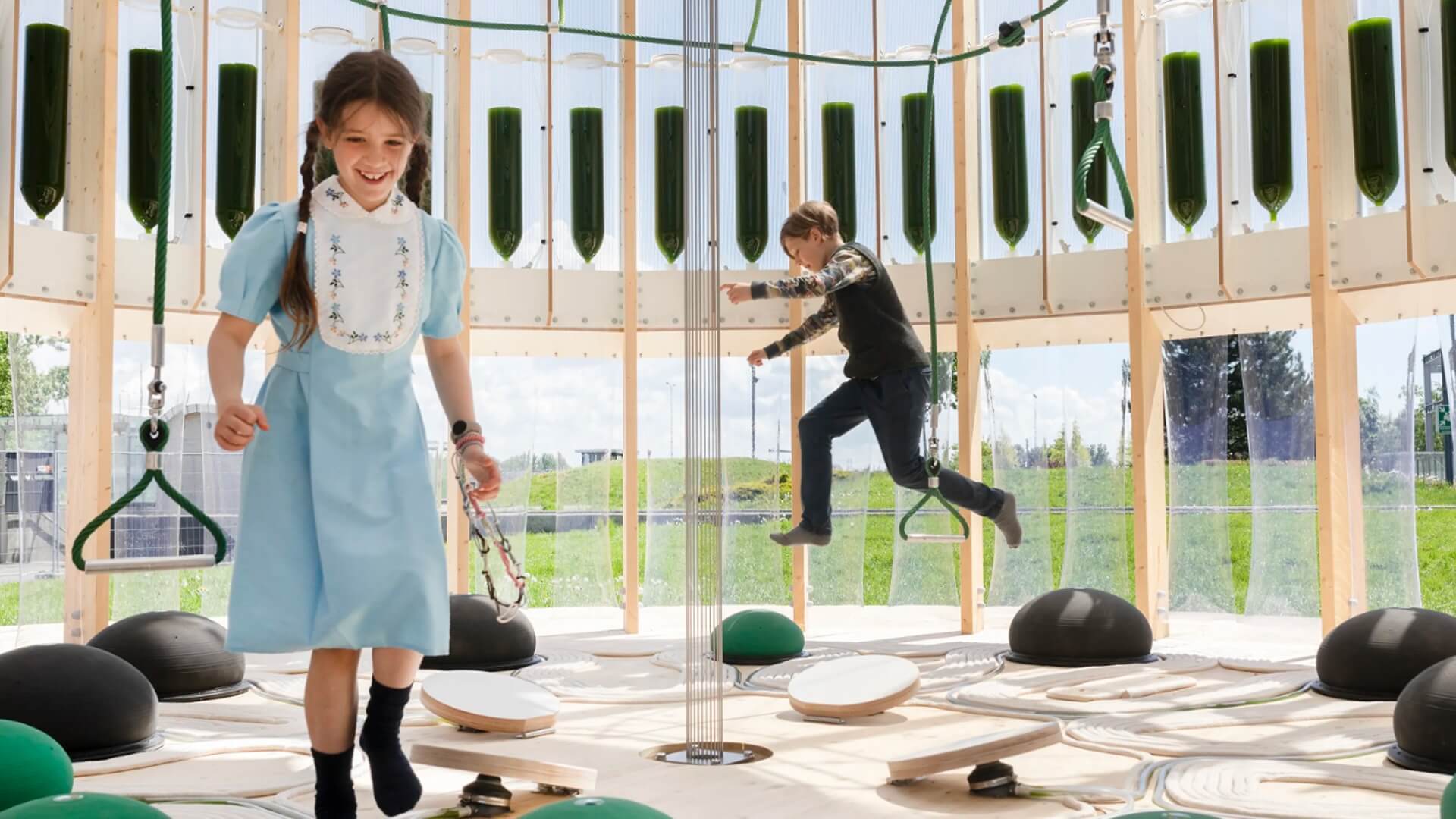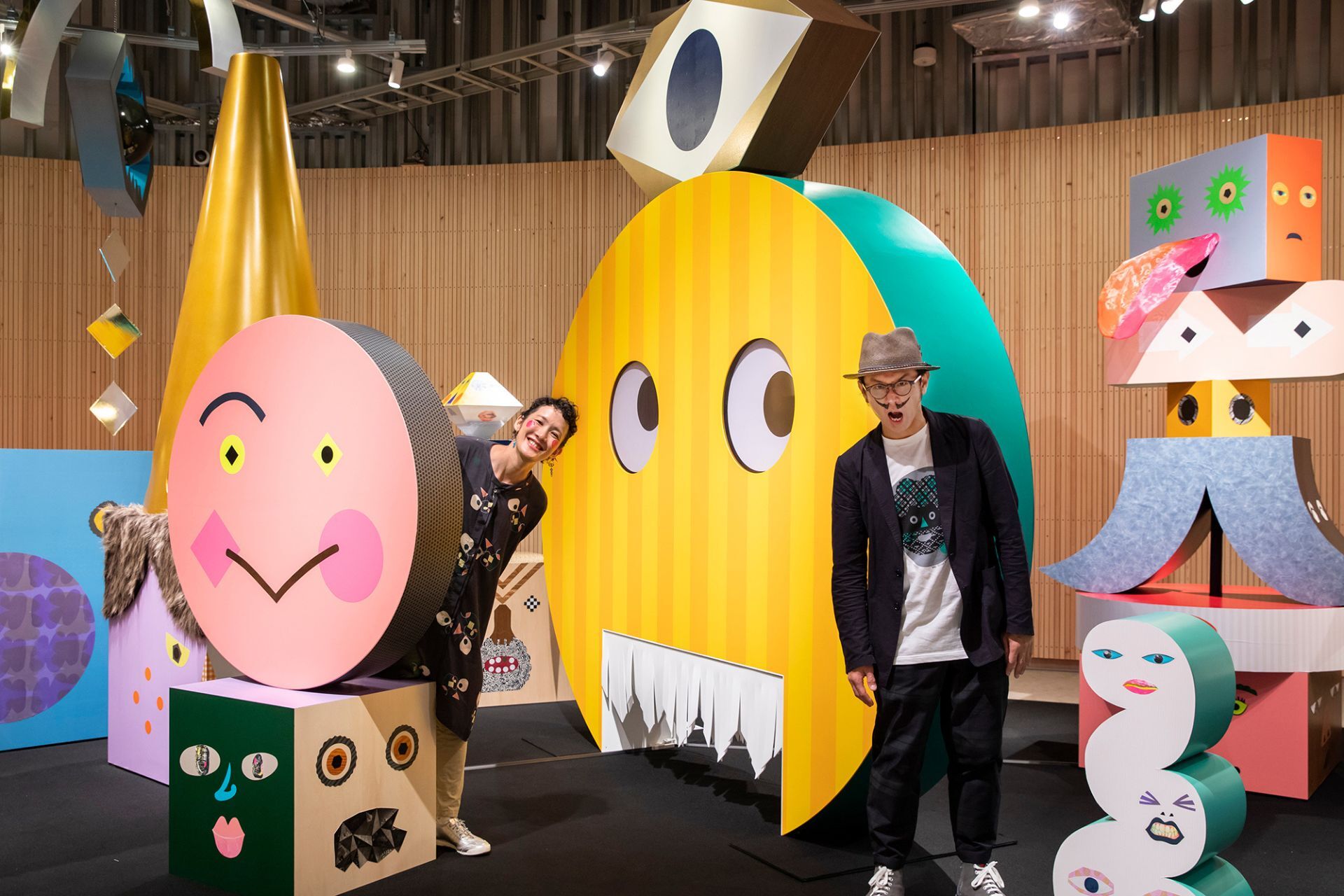As part of the interview series by AWRD, a platform connecting creators and projects, we present a series of discussions with creators who have expanded their impact through awards. In this edition, we had the opportunity to speak with masharu, the founder of 'Museum of Edible Earth' and an artist who won the Grand Prize at the 'YouFab Global Creative Awards 2021', about the award-winning piece.
masharu, an artist based in Amsterdam, has traveled the world, experiencing various forms of 'geophagy'—the practice of eating substances like clay, chalk, rocks, and soil. Geophagy is a culinary tradition found worldwide.
masharu established the traveling museum 'Museum of Edible Earth,' compiling samples and related information about geophagy. The collection comprises around 500 samples, attracting people globally who engage in the practice of eating earth to gather on this website and the physical archive of the Museum of Edible Earth.
The term 'Earth' in 'Museum of Edible Earth' holds meanings beyond 'the planet'; it encompasses 'soil' and 'land' as well. In this interview, we explore masharu's reflections on the act of consuming earth and delve into the encounters while curating and updating the 'Museum of Edible Earth.
ー Tell us about the 'Museum of Edible Earth,' which won the Grand Prize at the 'YouFab Creative Awards 2021'.
I am engaged in research activities related to 'eating the Earth,' commonly known as 'geophagy.' This practice is carried out for various reasons, including psychological, traditional, medical, and health-related motives.
The 'Museum of Edible Earth' is a traveling and an online museum that collects and archives samples of geophagy from around the world. So far, we have gathered approximately 500 varieties of 'Earth' from over 40 countries.
The collection encompasses various types of earth and earth-like substances, such as clay, chalk, soft rocks, limestone, but often involves collecting samples of top soil. Personally, I am drawn to the idea of consuming the Earth simply because soil is considered essential for people. However, in contemporary society, geophagy may not be considered a safe practice. While it is not widely practiced today in the so-called western world, historical records indicate that eating soil was a custom in many regions. Chalk or clay have fewer organic materials and bacteria than top soil, making the act of 'eating' it less risky.

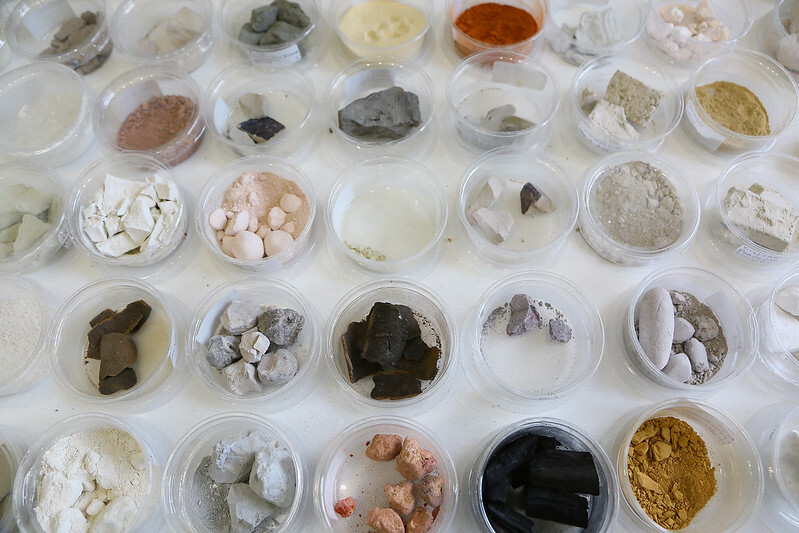
ー Is it common for you to participate in competitions like the YouFab Global Creative Awards 2021?
I have been a finalist in the 'Art and Science' category of the 'Falling Walls Science Breakthroughs of the Year,' but the only competitions where I actually won an award are YouFab and Prix Ars Electronica. Although I am interested in participating in such competitions, finding the time for it has been challenging.
ーDespite not actively engaging in numerous competitions, you graciously accepted the challenge presented by YouFab. Have there been any significant changes for you since being honored with the award?
Due to the impact of the coronavirus, many initiatives shifted online at that time, making it challenging to receive feedback from Japan. However, through YouFab, I had the opportunity to connect with FabCafe, the organizer, and as a result, I was able to exhibit and conduct workshops at two FabCafe locations, Tokyo and Kyoto. I hope to work together in the future with FabCafe Tokyo and FabCafe Kyoto again.
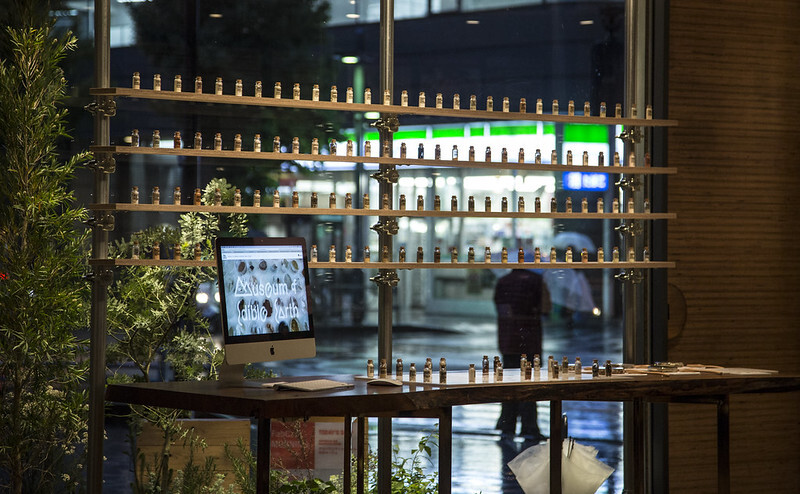
ーHow was the workshop experience in Japan?
While every exhibition and workshop is important, the exhibition in Tokyo was a particularly special experience for me. Meeting Chef Toshio Tanabe, who runs the French restaurant 'Ne Quittez Pas' that uses soil, and experiencing 'eating the Earth' in Japan was significant. Chef Tanabe's soil-based dishes were truly delicious, and I learned that he uses human-made soil produced in a laboratory in Kanazawa. Inspired by these discussions, I decided to create my own soil for consumption, leading me to explore the 'Compost as Superfood' approach.
I am also interested in the roots of geophagy in Japan. In the past, the act of 'farmers eating soil' was a practice to assess the quality of the land according to Chef Tanabe. However, with the introduction of pesticides, this tradition disappeared. I've heard similar stories in Europe, so it is interesting to find similar developments in different countries and parts of the world.
ーDid the participants' reactions to geophagy in the workshops differ from those in Europe?
Yes, that was one of the intriguing aspects of the workshops in Japan for me. Through geophagy, people in Japan associated tastes that were completely different from those in Europe.
Many mentioned that the taste of the Earth resembled 'umami' or tasted like soybeans. People in Europe had different associations, as did those from the African continent. It was fascinating to see how ideas and concepts about taste were intertwined with the culture of each country.
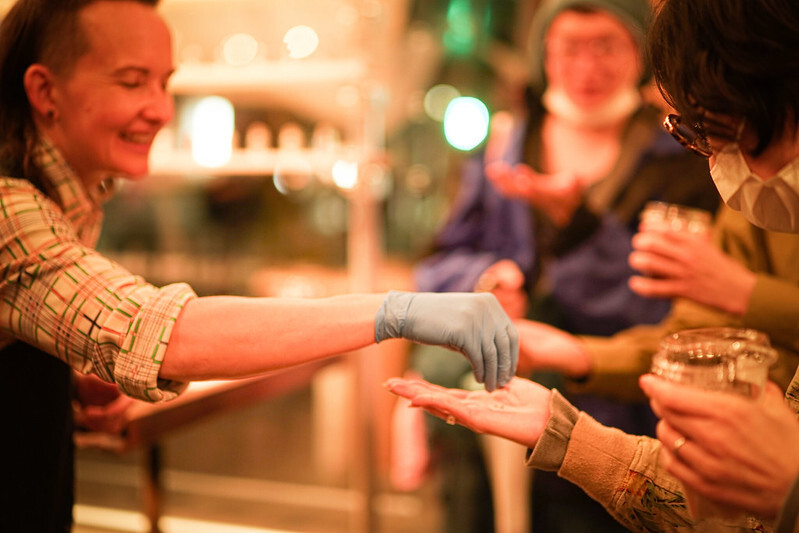
ーJust like the reactions in the workshops, the 'Museum of Edible Earth' allows us to observe the responses to geophagy from around the world.
In the 'Museum of Edible Earth,' we receive reviews from people worldwide for each type of sample. There are also several reactions from people in Japan.
Sometimes, within the reviews, there are very intriguing statements. People not only share their taste impressions but also provide information about the background of each sample.
For example, when introducing Mabele from the Democratic Republic of the Congo, someone posted a video showing how Mabele is manufactured. I purchased it from a shop in Amsterdam, so I had no knowledge of the manufacturing process. Initially, I didn't mention that it was from the Democratic Republic of the Congo. Still, someone informed me about where and how Mabele is made.
Certainly, there are people who write reviews about the taste of samples experienced in our workshops and exhibitions. However, it's fascinating to see individuals discovering our website online for the sole reason of wanting to share their impressions after tasting the Earth in entirely different locations unrelated to our workshops and exhibitions. It has become a truly interesting platform for exchange.
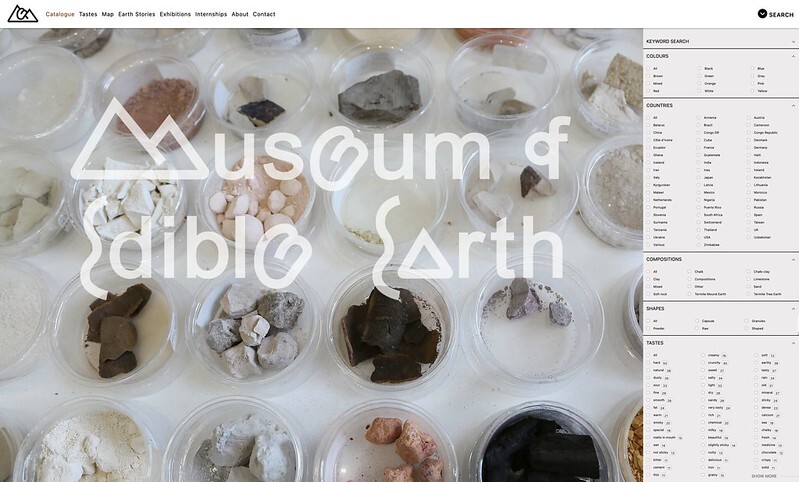
ーMany people may experience eating "Earth" for the first time at masharu's workshops, but what was the inspiration for masharu to start projects related to geophagy and Earth consumption?
It all started with my personal desire to eat soil, clay, and chalk. As I delved deeper into my cravings, I discovered others who shared similar desires. Learning about their experiences, I felt the need to create a space where we could openly practice and dispel the negative stigma associated with eating "Earth," especially in Western cultures where it's often officially considered a psychological disorder. The initial motivation was to invite a broader audience to engage in this practice.
While this was the starting point, the project evolved as I explored the cultural and traditional aspects of Earth consumption. Collecting samples from various regions, I noticed the diverse tastes associated with different Earth types. This led me to organize the project more professionally into a collection, giving rise to the "Museum of Edible Earth." The desire to explore and understand more about Earth consumption and its cultural contexts fueled the growth of the collection.
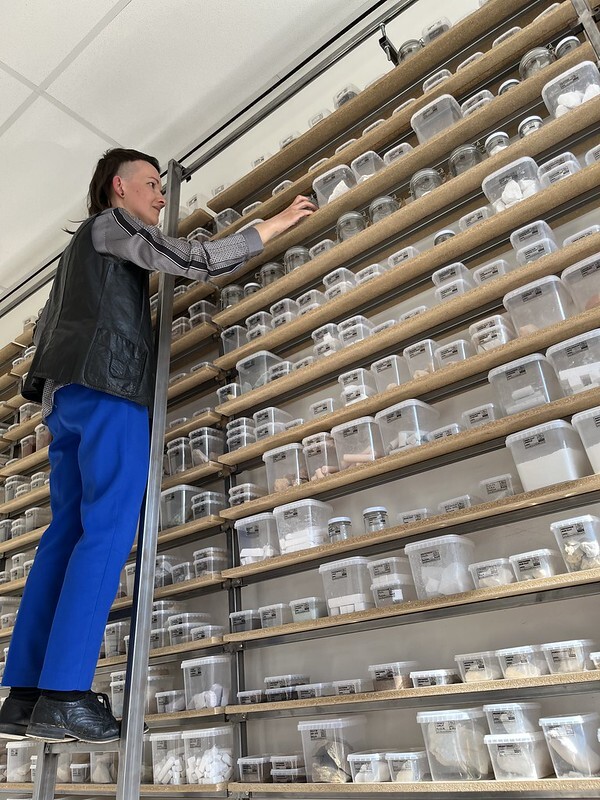
ーWithin the activities of the "Museum of Edible Earth," what aspects do you consider most important?
What I consider most important is the dialogue between Earth and people. I feel like I am myself in a relationship with earth, and this relationship can be compared to a romantic relationship. It is beautiful, but also uneasy sometimes. In the last years Earth took me on a beautiful journey, which completely transformed my life.
I emphasize maintaining a shared space between humans and Earth. I frequently conduct lectures on soil consumption, where I not only share insights into the background of the "Earth" samples but also explore various stories associated with each sample. For every sample, I delve into details such as its origin, how it is treated, and the people encountered while obtaining the sample.
Furthermore, I extensively discuss the taste aspect. I share insights into what the Earth tastes like, the emotions it may evoke upon consumption, and the memories or imagination it can trigger. This multifaceted approach aims to create a deeper connection and understanding between individuals and the Earth within the "Museum of Edible Earth" project.
ーEven though masharu has traveled and stayed in various places worldwide, visiting many countries and lands, how has this project influenced or impacted you?
Many places I visited and the diverse people I encountered served as significant inspirations that shaped the "eating the Earth" project. As mentioned earlier, my journey to Japan was a particularly memorable experience, but there are many other places that left a lasting impression.
I previously organized a symposium called "Earth as Superfood," inspired by my encounter with Stanislava Monstvilene during a trip to Lithuania. She perceives the "Earth" as a food and practices consuming only the Earth. Our experience of boiling and eating a large pile of soil in the woods together was a precious and impactful moment.
I also vividly remember meeting people during the project in Zimbabwe in collaboration with the Animal Farm residency initiated by Admire Kamudzengerere. Through an introduction by the project's initiator, I had the opportunity to meet local elders in Dzimbanhete. This allowed for profound discussions related to the Earth.
They shared insights into the workings of the "Earth" and its healing effects. Drawing from our exchange, I brought some samples from the "Museum of Edible Earth" to a Healing Center in Dzimbanhete.
Moreover, they spoke about how the "Earth" comes from various places, encapsulating diverse qualities and forces from different lands. After some time, I discovered a tradition known as "eating soil from the saint's tomb," primarily practiced in certain Christian (and possibly pre-Cristina) communities. In some regions I visited, the act of eating the Earth intersected with spirituality, offering intriguing insights that influenced my overall project.
ーYou are collecting various "Earths" during your journey, have you encountered any difficulties?
At times, Earth and its samples are associated with traditional or spiritual places, and such locations may not be accessible to people from external communities.
When I visited Uzula village in Nigeria, I received a sample of Eko soft rock to eat from the local people. However, it was not possible for me to go by the sides of the river, where Eko was harvested.. Nevertheless, they prepared the rock for us and shared its characteristics. The rock had a smoky taste as it was roasted over fire.
ーAmong the many encounters, have there been others engaging in activities similar to you?
I met Mandisa Mayne in the UK who sells various types of samples online as her business. Although our "Museum of Edible Earth" doesn't involve sales, there is a similarity in making a profession out of Earth-related activities.
ーIn your project activities, is there any particular event or person that has had the most significant influence?
Certainly, "Earth" is the key. As the foundation of life, Earth supports me as a human. It's safe to say that "Earth" is my inspiration.
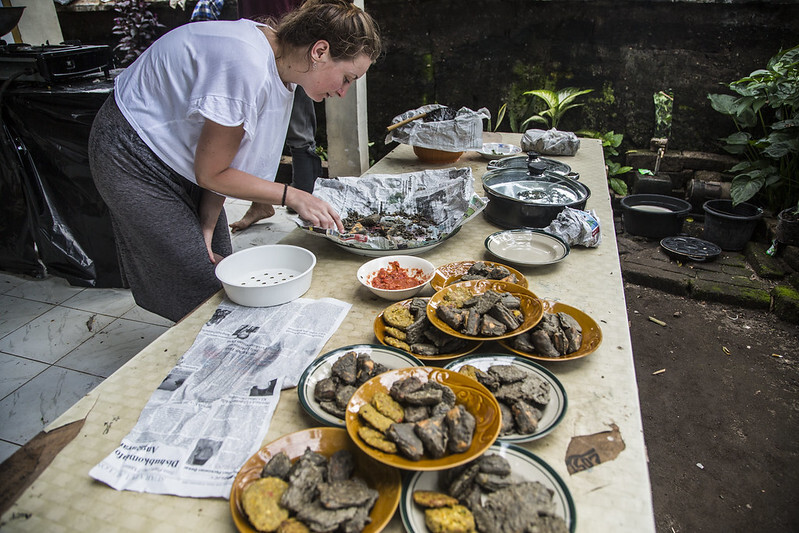
ーDo you have any ongoing projects?
I am currently working on several projects. One of them, as mentioned earlier, is 'Compost as Superfood.' Additionally, in October 2023 I worked on recording the sounds of earth crunch, while eating it' This was showcased at the Schemerlicht Festival in Nijmegen, the Netherlands, where we sampled 50 different earth samples from the Museum of Edible Earth and recorded the sounds of chewing.
This experiment represents a new installation for us. We discovered that each 'earth' not only has its own taste and aroma but also possesses unique sounds.
ーWhat are your future plans?
We are currently focusing on raising awareness of the "Museum of Edible Earth" and actively seeking partnerships and collaborations to reach a wider audience. To facilitate ongoing projects, we believe that more collaborators and support from scientific and art institutions is essential.
ーThank you, masharu. I'm looking forward to the new challenge!
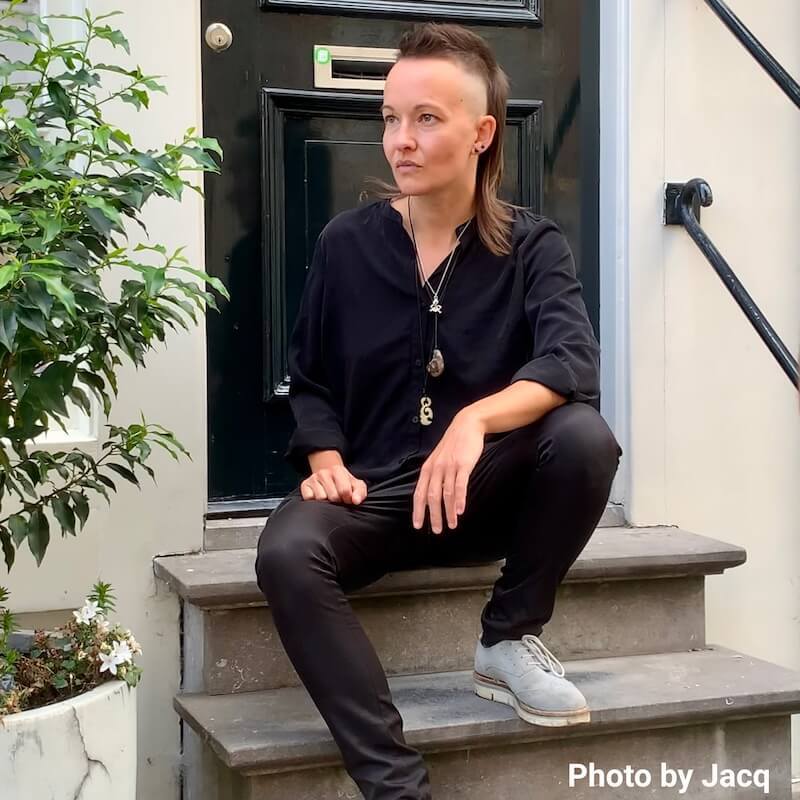
Dr. masharu
Profile:
Eater of the Earth, Lover of the Earth, Founder of the "Museum of Edible Earth," masharu's project combines scientific research with a personal approach and cultural practices. After obtaining a Ph.D. in mathematics in 2011, masharu graduated with honors from the Amsterdam Photo Academy. From 2013 to 2014, masharu participated in the Art in Residency program at the Rijksakademie van Beeldende Kunst in Amsterdam. In 2018, masharu became an Artist Fellow at the Netherlands Institute for Advanced Study in the Humanities and Social Sciences (NIAS-KNAW).
masharu's artistic works and scientific research have been exhibited, screened, and published in over 30 countries, including the Word Soil Museum in Wageningen, Ars Electronica Center in Linz, Modern Art Museum in Yerevan, African Artists’ Foundation in Lagos, Spanish Cultural Centre in Guatemala City, World Design Event in Eindhoven, ReadyTex Gallery in Paramaribo, 4th Jakarta Contemporary Ceramics Biennale in Jakarta, European Ceramic Workcentre in Oisterwijk, Sustainica in Dusseldorf, and Museo Maritimo in Bilbao. Furthermore, masharu has received awards such as Prix Ars Electronica (Austria) and YouFab Global Creative Awards (Japan). The work of masharu is supported by the Mondriaan Fund.
Links
Website of masharu
https://masharu.nl/
AWRD profile page
https://awrd.com/creatives/user/11779546
Edited by AWRD Editorial Team
